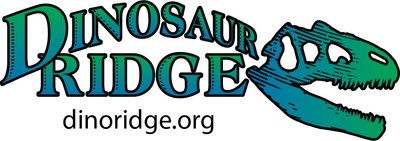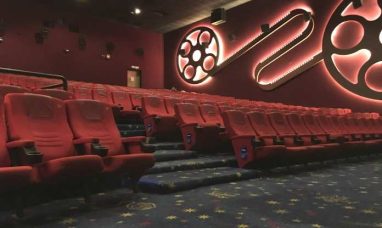MORRISON, Colo., Aug. 4, 2023 /PRNewswire/ — While scientists grapple with efforts to protect America’s declining horseshoe crab population, tracks of their prehistoric ancestors are being identified in surprising places that show how long these ancient creatures have lived on our ever-changing planet.
Dinosaur Ridge in Morrison, Colorado is the latest landlocked site to have trace fossils of the largely unchanged arthropod found preserved in sandstone. The tracks are on what had been a flat coastline during the Cretaceous period about 95 million years ago. The traces are the first example of horseshoe crab activity identified at this now high elevation site.
Tracks of ancient crocodilians, herbivorous and carnivorous dinosaurs, and evidence of long-gone plants have also been described on Dinosaur Ridge by world-renowned paleontologist Dr. Martin Lockley.
Old Dominion University Ph.D. candidate Caldwell Buntin inadvertently located the tracks while aiding in a study of microbial mat structures. Buntin was photographing one-by-one meter sections and transferring the images into 3D photogrammetric models when the familiar pattern became visible. “They have a relief of less than a centimeter, so in straight-on daylight you can’t really see them,” noted Buntin.
The tracks are located high atop a sloping surface that required Buntin to use rock climbing gear to access. “Modern horseshoe crabs walk and bury their heads to look for food or seek shelter if the tide goes out,” Buntin explained. Buntin and his colleagues recognized the telltale tracks on colored 3D images. The discovery will be the subject of a scientific paper showing the same walking, feeding, and resting behavior seen today.
The bodies of modern horseshoe crabs, which are part of the scorpion and spider family, are largely unchanged from those in the fossil record dating as far back as 445 million years ago. The species now living on the American East Coast has been declining in numbers in recent decades. A shorebird known as the red knot is dependent on horseshoe crab eggs for food during migration, and is now considered a threatened species.
Atlantic coastal states are required to identify horseshoe crab nesting sites as part of a federal protection plan. The highly prized blue-colored blood of the marine creatures is collected for use in testing vaccines for harmful bacteria. The pharmaceutical industry has come under pressure to better protect the animals during the bleeding process.
CONTACT: Kristen Kidd, 3036816510, kristen.kidd@dinoridge.org
![]() View original content to download multimedia:https://www.prnewswire.com/news-releases/horseshoe-crab-tracks-found-on-dinosaur-ridge-in-morrison-colorado-301893860.html
View original content to download multimedia:https://www.prnewswire.com/news-releases/horseshoe-crab-tracks-found-on-dinosaur-ridge-in-morrison-colorado-301893860.html
SOURCE Friends of Dinosaur Ridge

Featured image: DepositPhotos © scanrail






